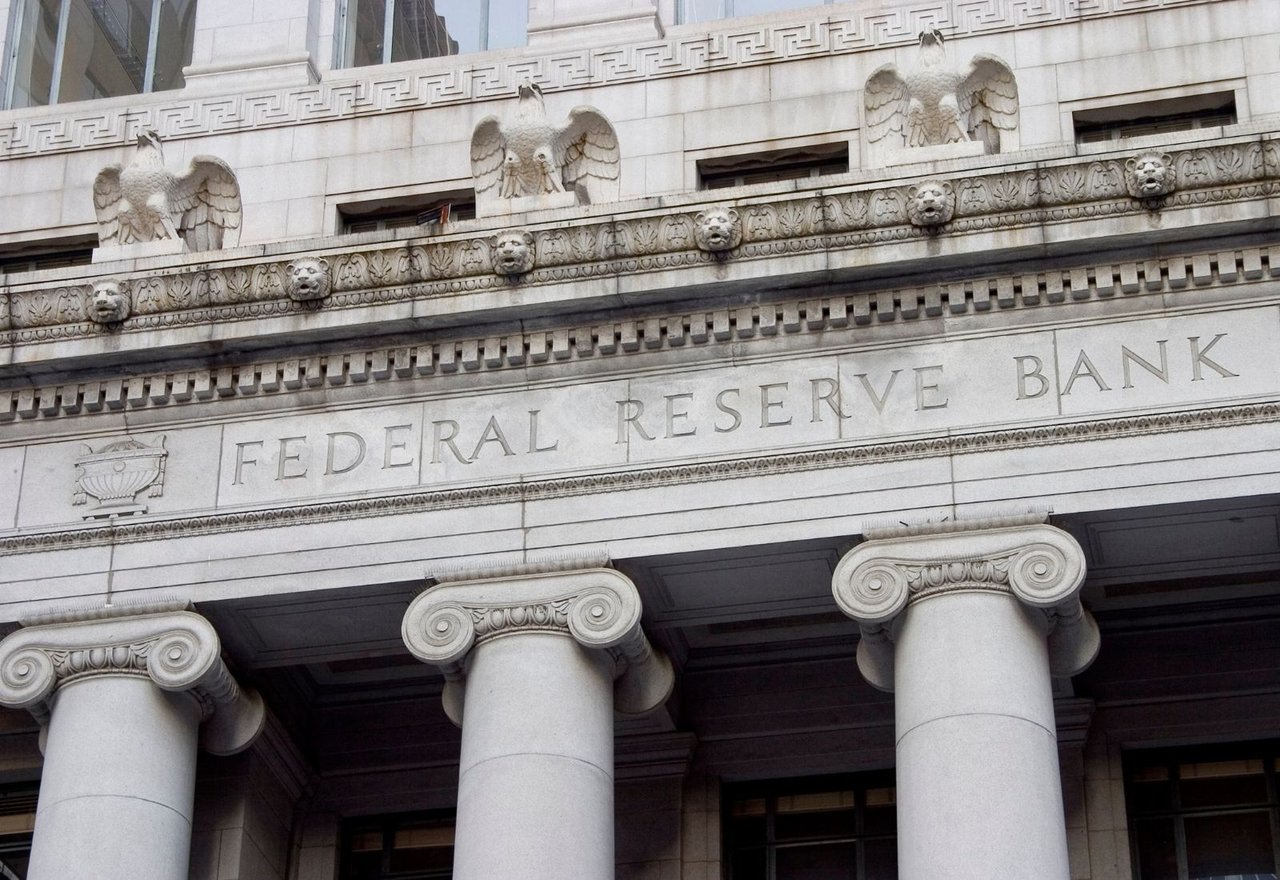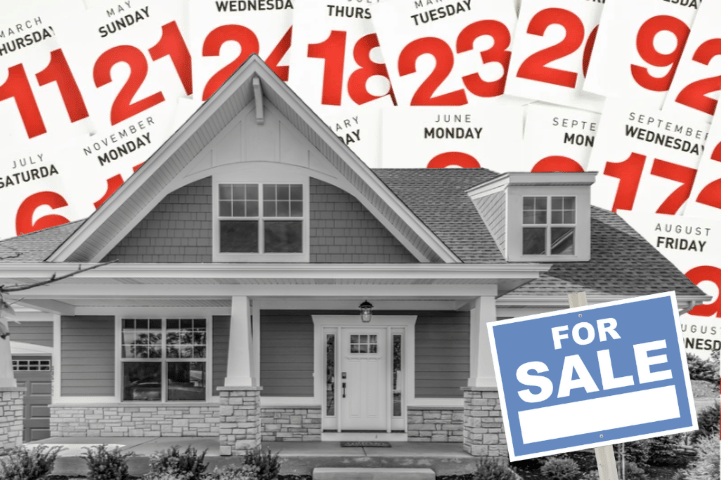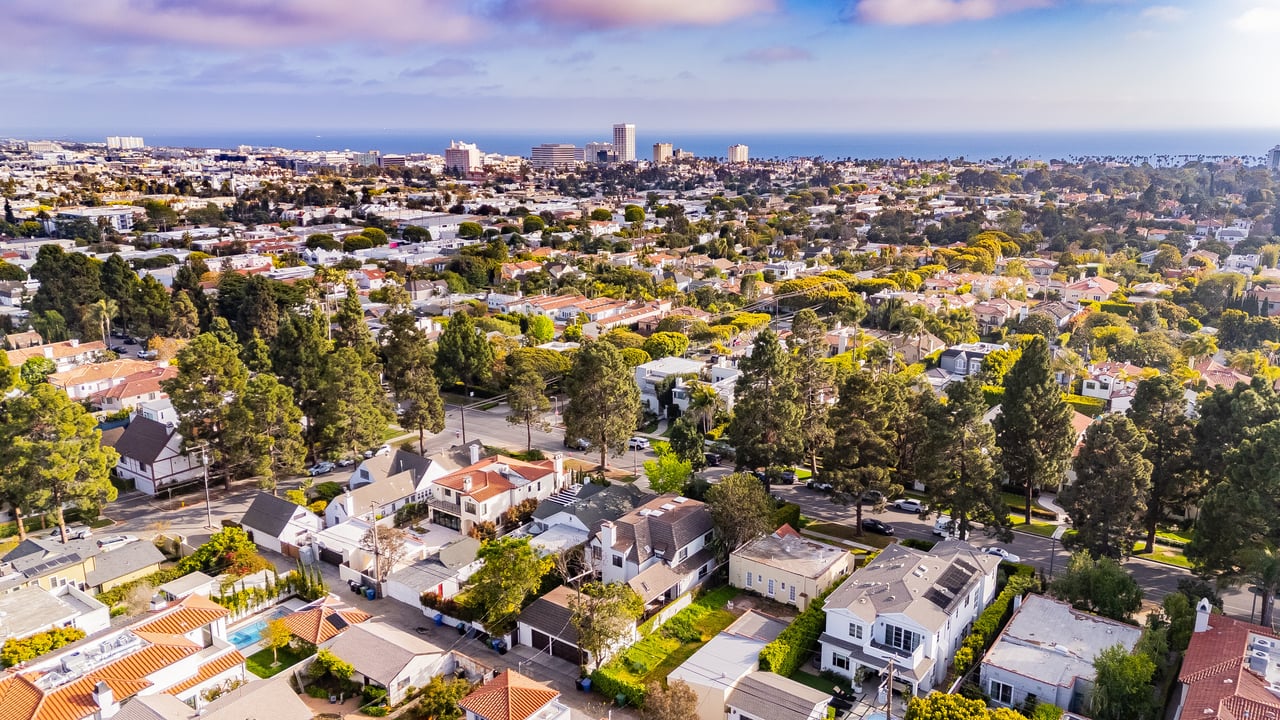Market Update Los Angeles


Stay up to date on the latest real estate trends.

Trusted Experts in the Palisades, Santa Monica, and Brentwood Real Estate Markets

How Sellers In Pacific Palisades, Santa Monica And Brentwood Get It Right

December 2025

November 2025

October 2025

September 2025

August 2025

Market and Rebuild Update by Anthony Marguleas

July 2025
You’ve got questions and we can’t wait to answer them.